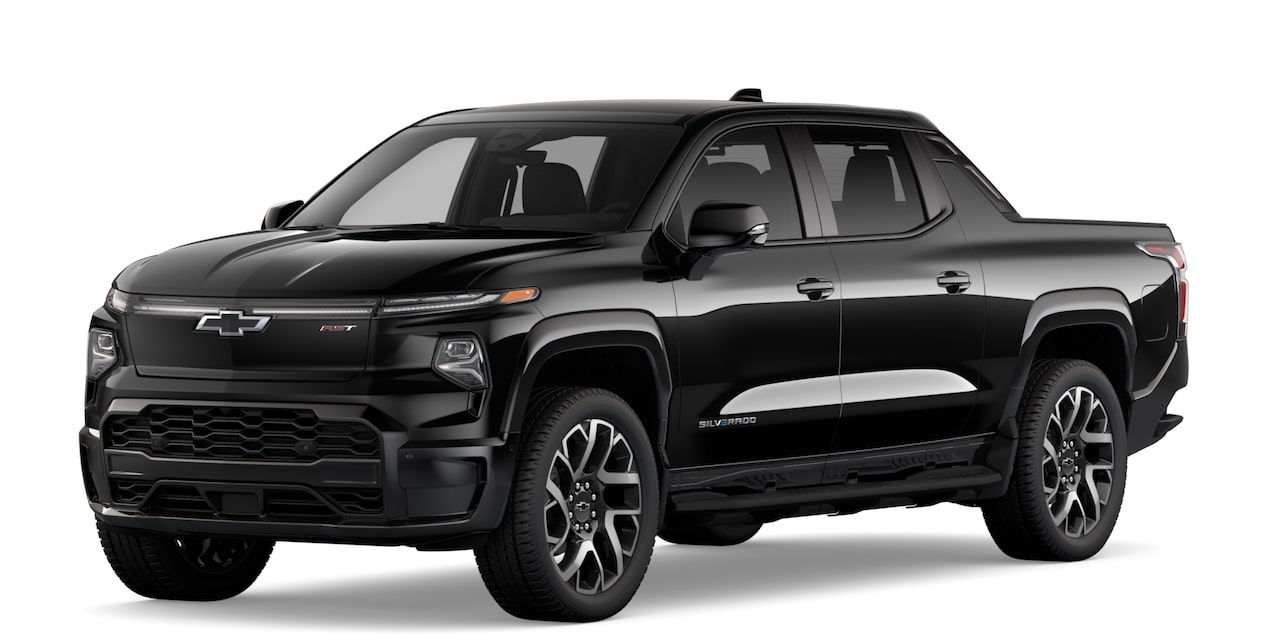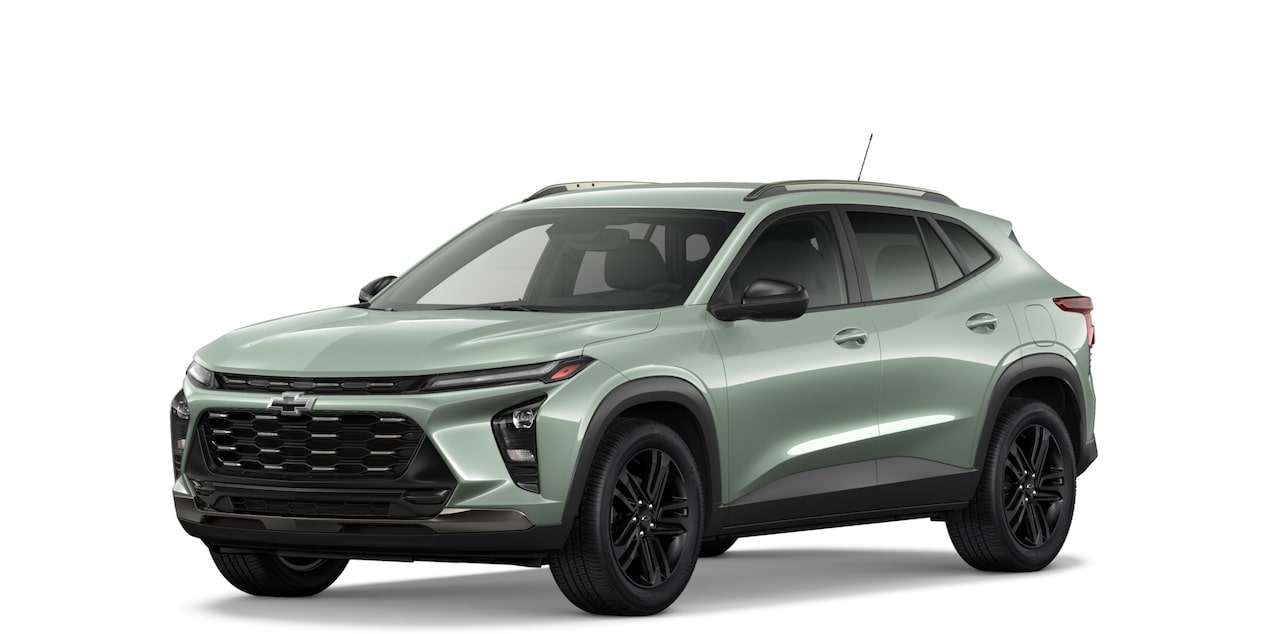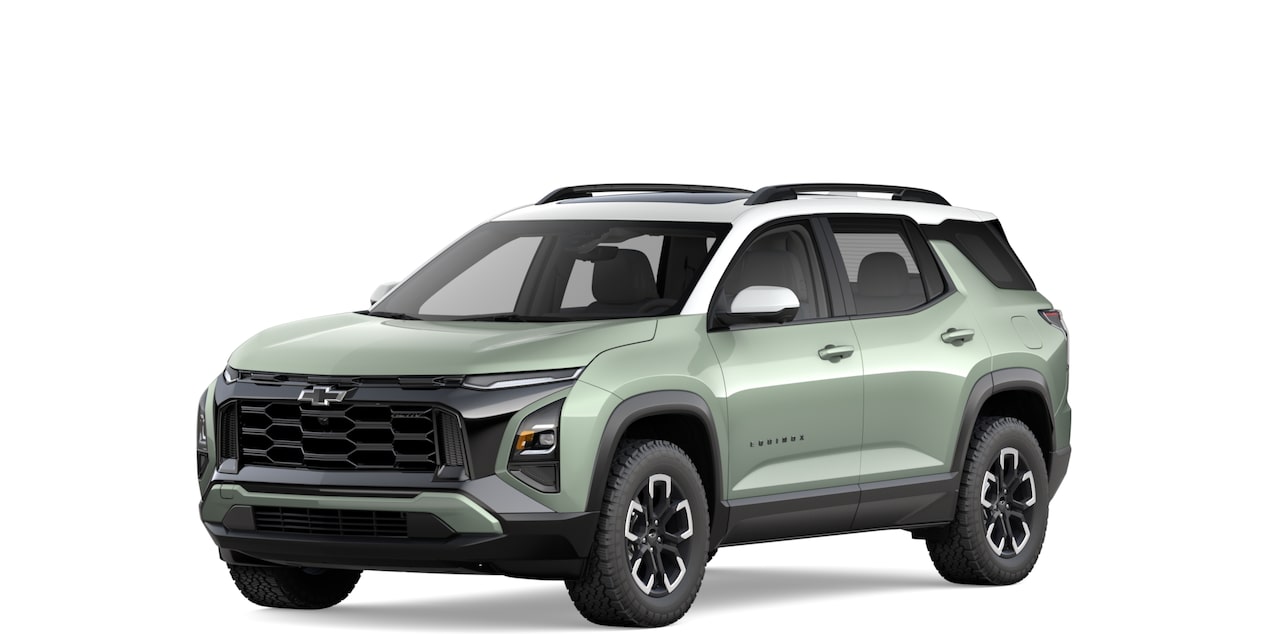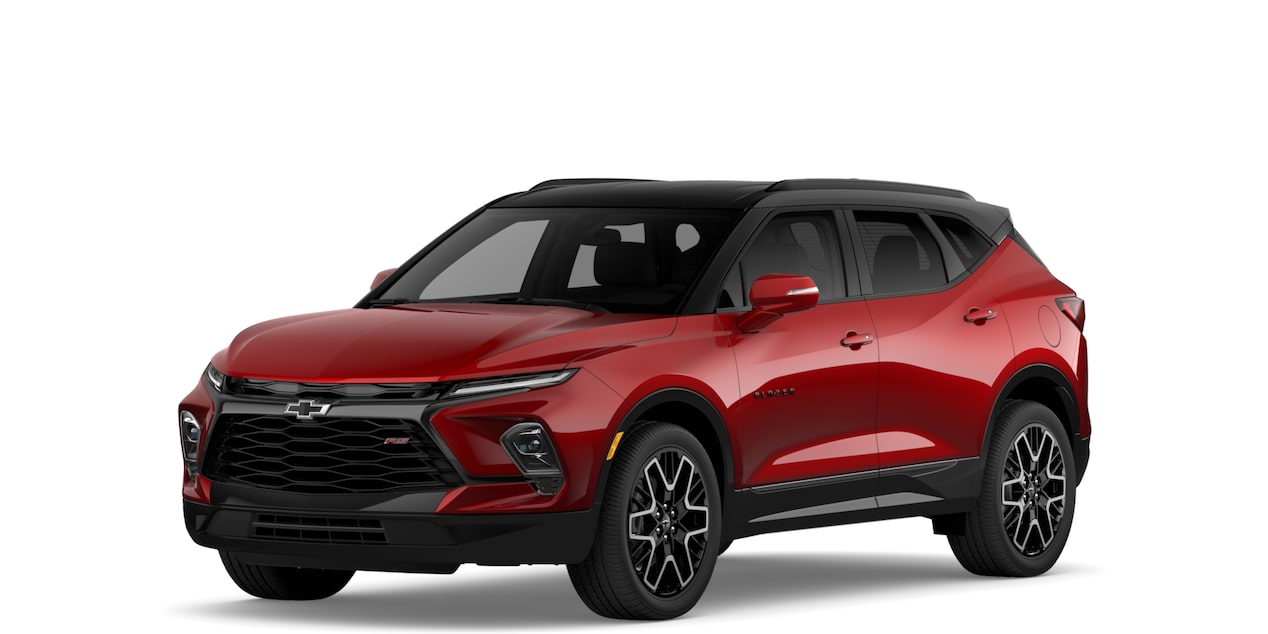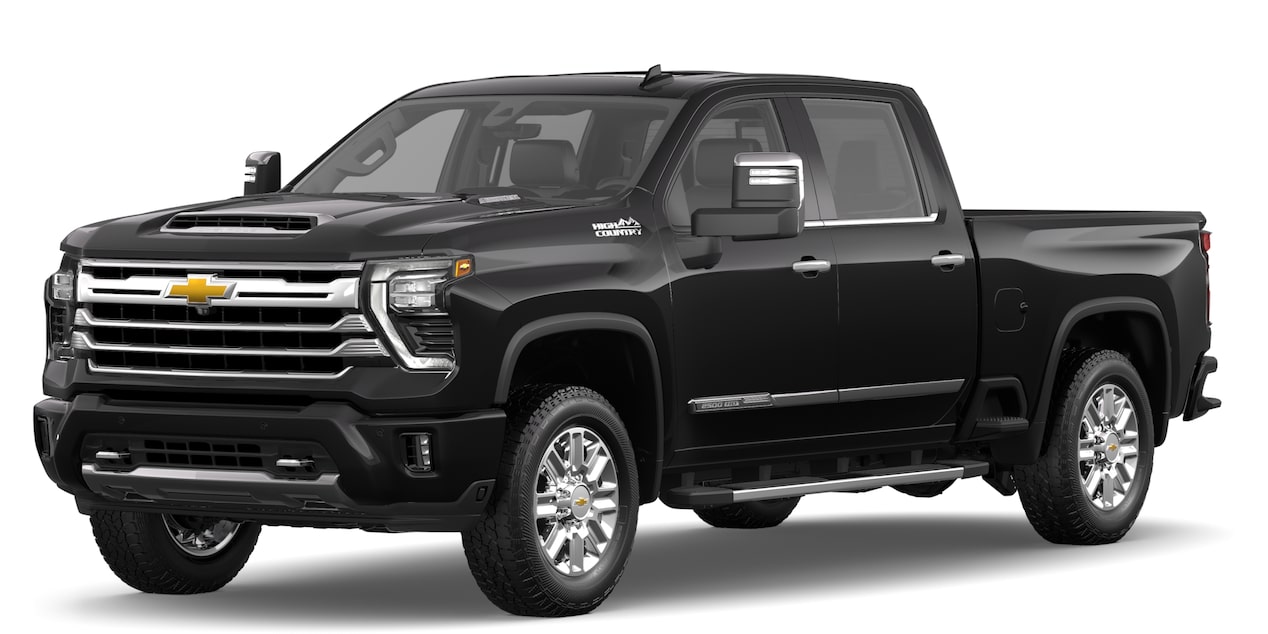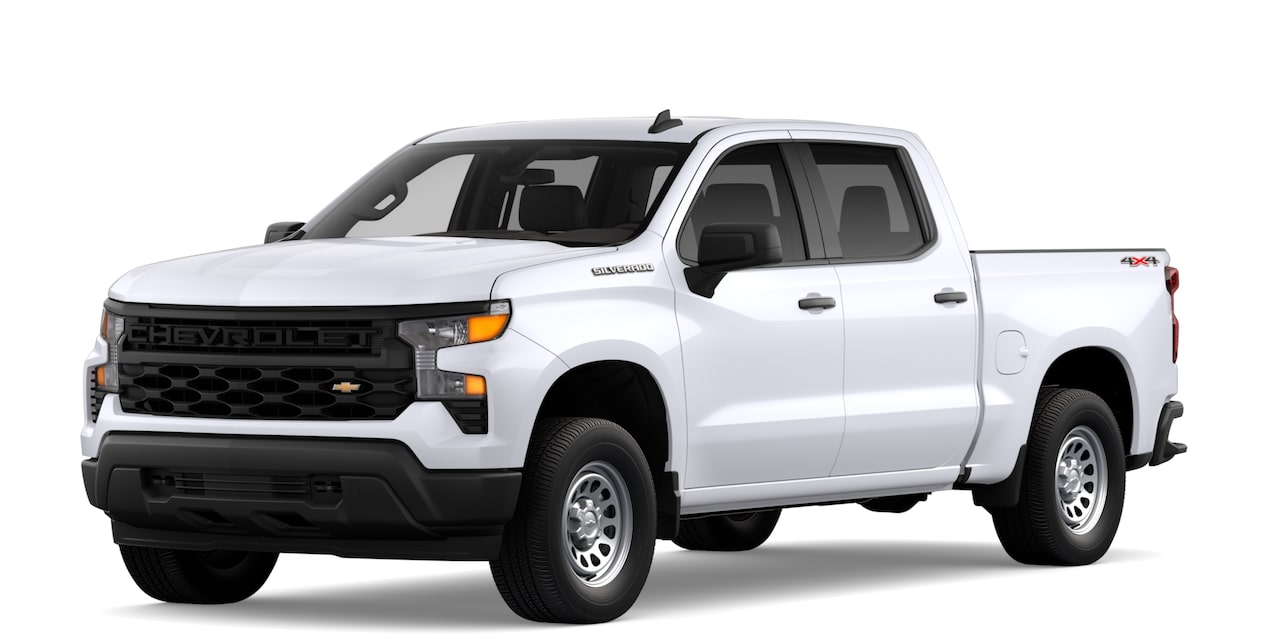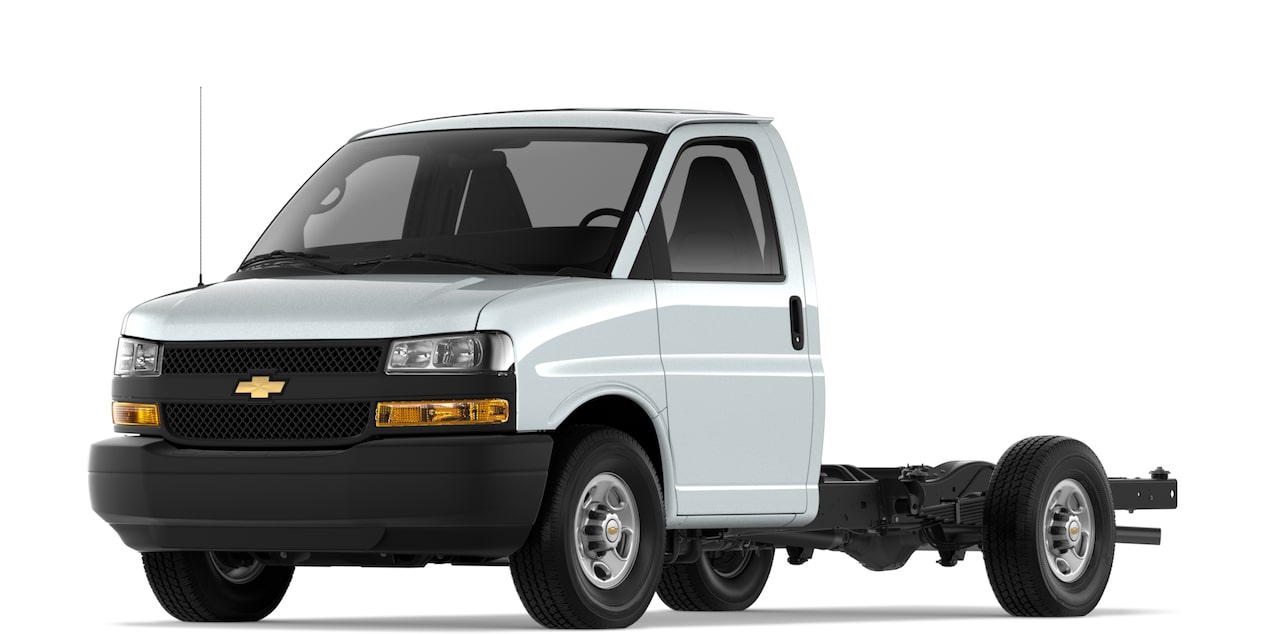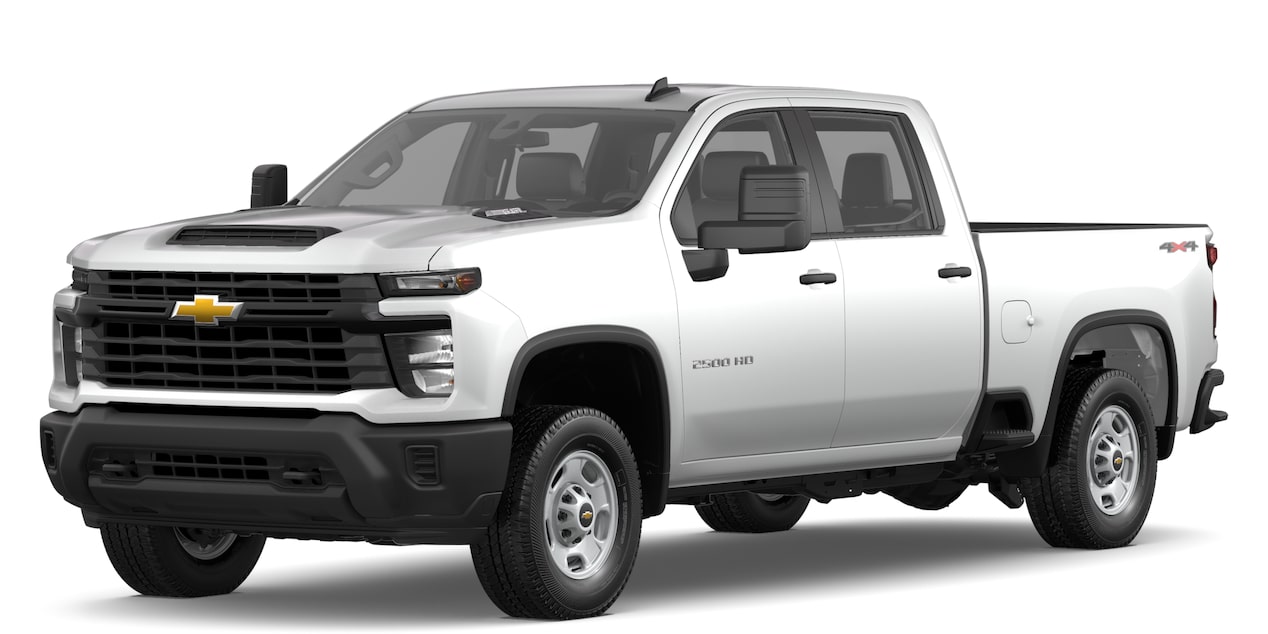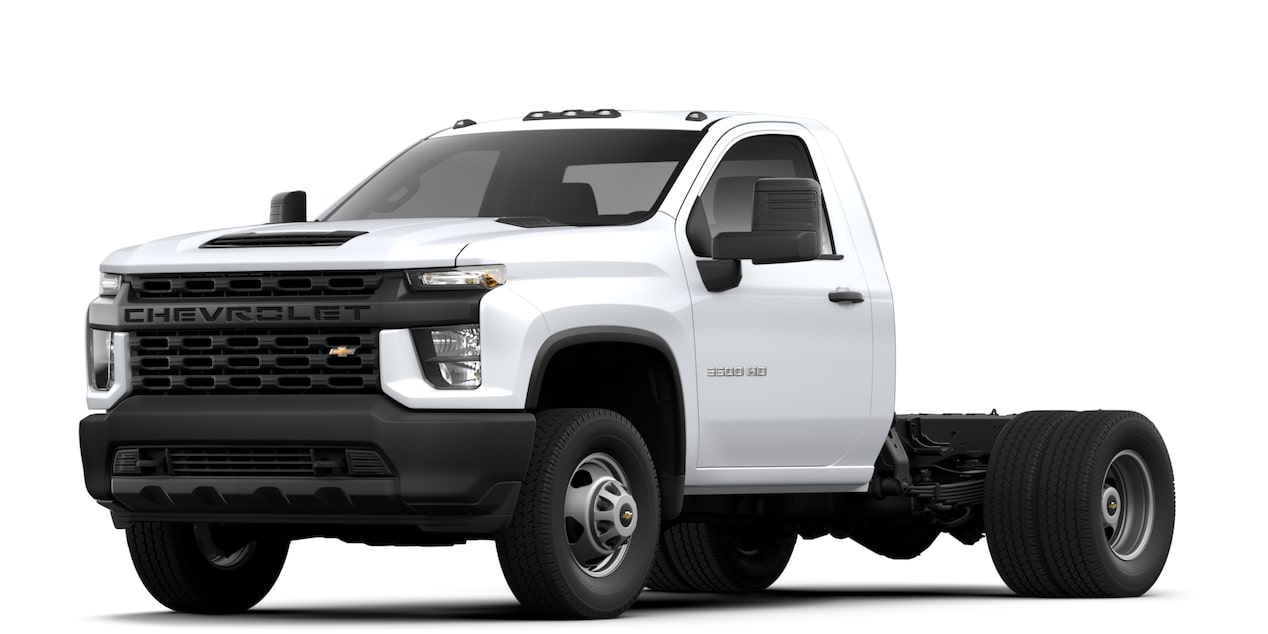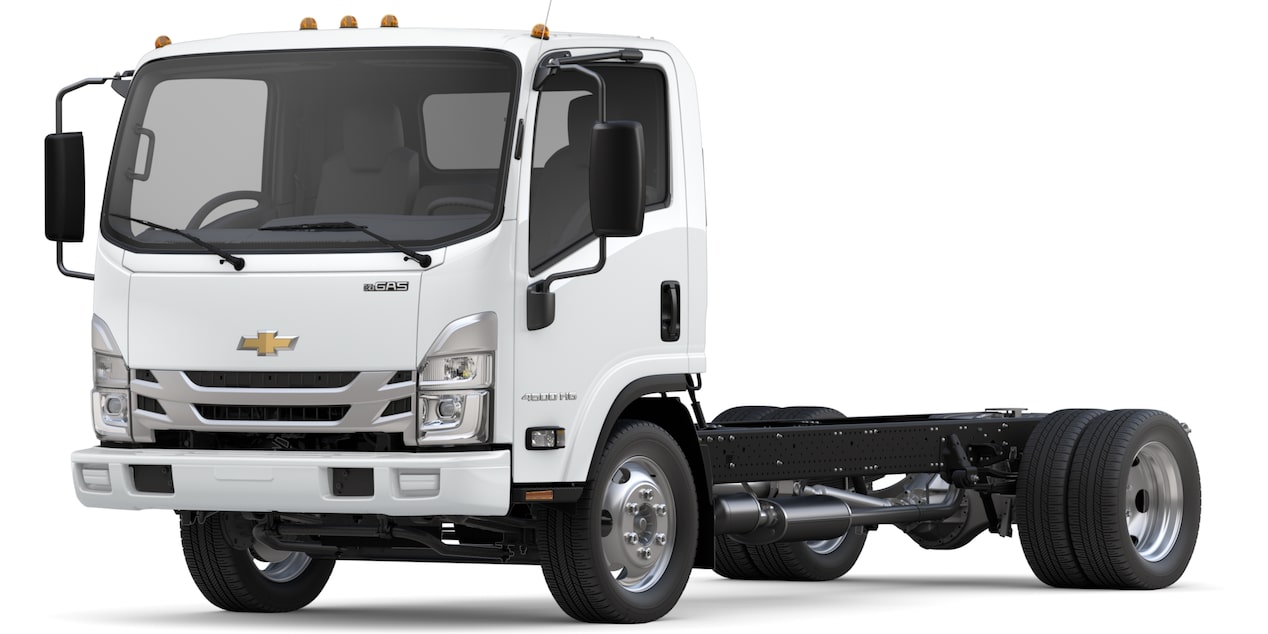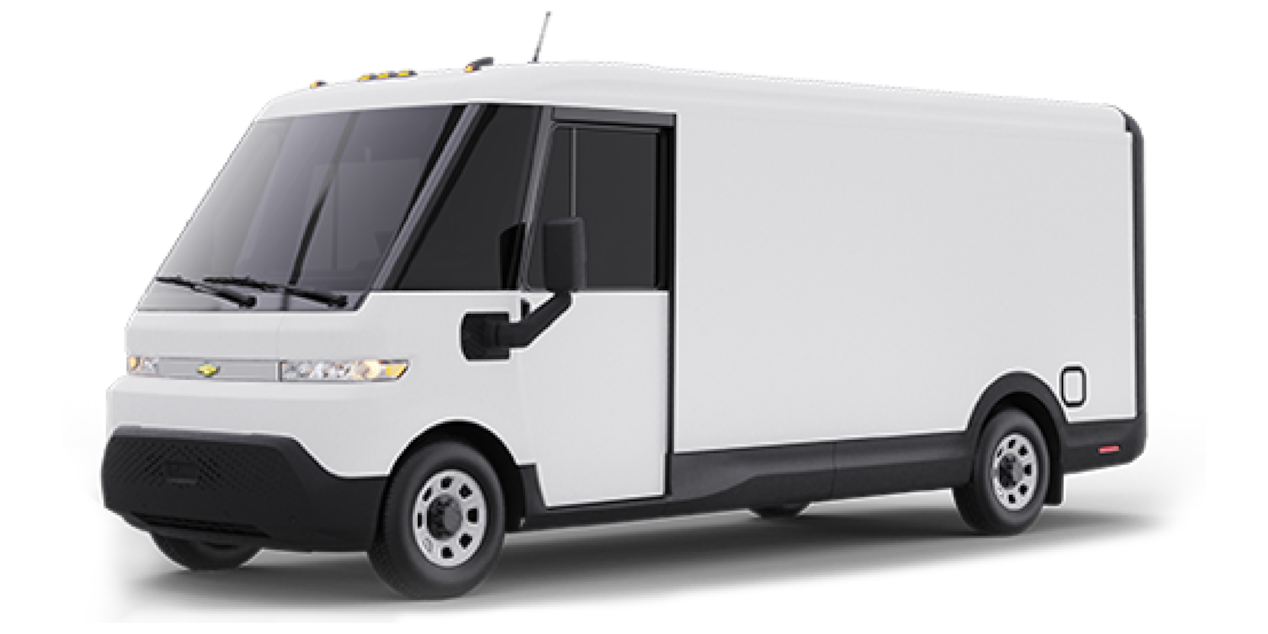About Automatic and Enhanced Automatic Emergency Braking
How It Works
- When in FORWARD gear, AEB looks ahead of your vehicle and monitors other vehicles in front of you that you are following. Check your Owner’s Manual for the speed range at which AEB functions on your vehicle.
- When the feature detects another vehicle, a green icon that looks like a vehicle is displayed in your Driver Information Center (DIC).
- This icon may also display in your Head-Up Display if your vehicle has that available feature.
- If you don’t respond fast enough or if a situation happens suddenly, AEB may automatically apply hard emergency braking or enhance your hard braking.
- You can override the system at any time by pressing the accelerator if it is safe to do so.
- If the system slows your vehicle to a complete stop, you can release the brakes with the ELECTRIC PARKING BRAKE switch (if your vehicle is equipped with the Electric Parking Brake) or by firmly pressing the accelerator pedal when it’s safe to do so.
Turning Automatic Emergency Braking Off
- You can turn the AEB feature off through the Settings menu of your infotainment system.
- If you adjust your AEB settings to “Off” or “Alert,” you may see a yellow icon in your vehicle gauge display as well as a message indicating that automatic braking has been turned off, depending on your vehicle
- You may also see this yellow icon if the windshield in front of the AEB camera is obscured, or if the camera lens is dirty.
- If you see this icon when automatic braking is turned on in your Settings menu, use windshield washer fluid to clear any obstructions in front of the feature’s camera (behind the inside rearview mirror). If the yellow icon persists, check your vehicle Owner’s Manual for more information on the location of the camera and how to clean the area in front of it.
- If you see this icon when automatic braking is turned on in your Settings menu, use windshield washer fluid to clear any obstructions in front of the feature’s camera (behind the inside rearview mirror). If the yellow icon persists, check your vehicle Owner’s Manual for more information on the location of the camera and how to clean the area in front of it.
For your security, please don’t include personal info such as phone number, address or credit card details.
Related Links and Resources
Q&As
Looking for something else?
Need more help?
Communicate with one of our specialists.
To find out if your vehicle has this feature, contact your dealer or refer to your vehicle’s equipment list. Please check your Owner’s Manual for more information about features.



